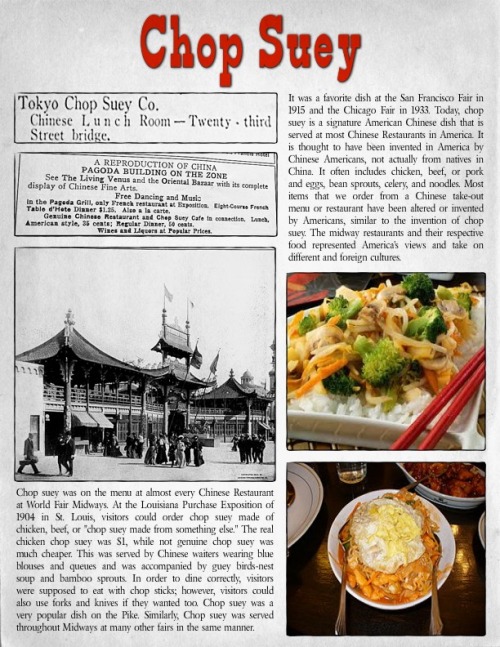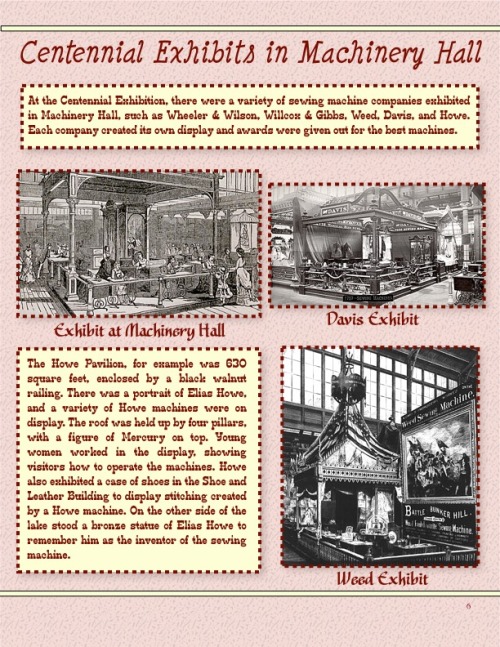I am a big fan of museums putting their digital collections online and encouraging viewers to use them without restriction. The Rijksmuseum in Amsterdam has been doing this for years and their collections are fabulous. Search for miniatures and you will see some interesting things. Make a “collection” and you can revisit your research there. They encourage using the images to make things, too. The Metropolitan Museum of Art has recently announced that it is making its public domain (i.e., it doesn’t have copyright restrictions) works available for people to use freely. This “Open Access” trend is a very welcome move away from the commercialization of museum and archival collections that I have come across as I am researching miniatures in the World’s Fairs (I’m looking at you Missouri History Museum…).
Speaking of Wellcome (no, I didn’t misspell that), the Wellcome Collection in London (which focuses on “medicine and its role in society”) has a wonderful online collection of photographs that are of particular interest to miniaturists. They have a fascinating collection of dioramas (do a search at Wellcome Images, typing in diorama). Here are some of my favorites. All are covered by the Creative Commons attribution license. Thank you Wellcome Collection.















You must be logged in to post a comment.